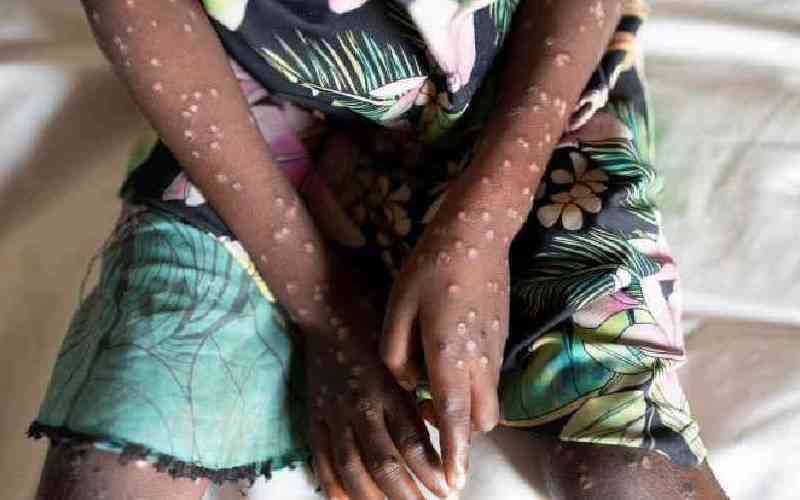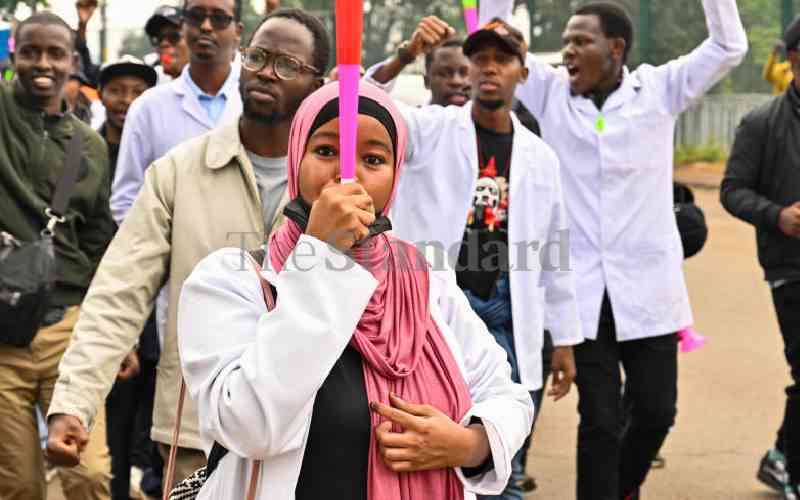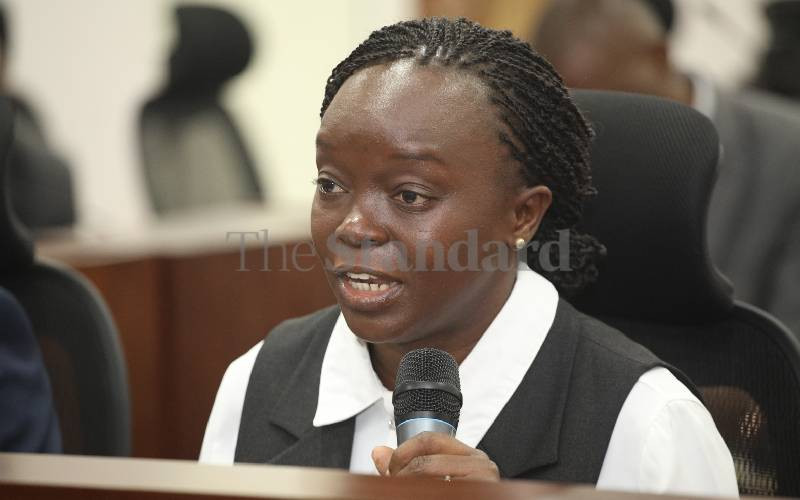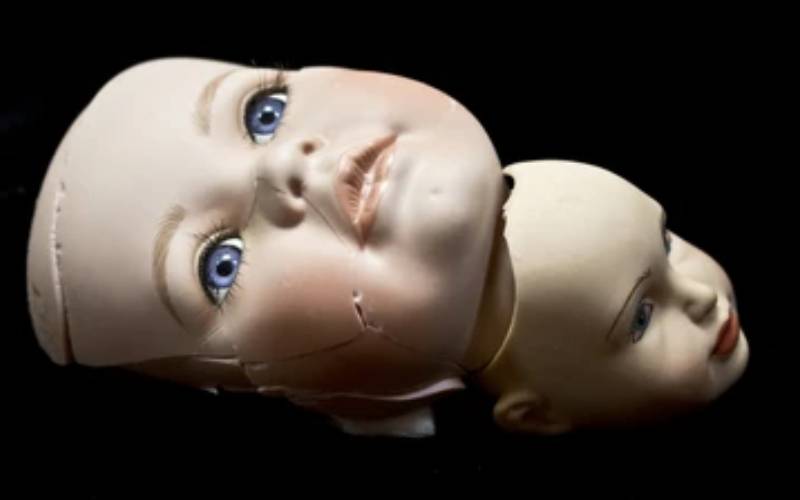
Unlike in Kiambu where abortion is mostly carried out by single mothers, in Nyanza it is perpetrated by mothers in troubled marriages. [Courtesy]
A mobile money operator in Kakamega County wanted to abort a baby boy she had with her father-who has since been sentenced to 20 years’ imprisonment for incest.
“I loved to breastfeed the boy,” she recalls, “but the thought that I had him with my father pricked my conscience. Whenever the thought struck I thought of strangling him.”
The baby was, however, taken away by officers from the Children’s Department.
“Good thing is that he is now 10 and under the care of a children’s home in Kakamega. I sometimes visit him but I don’t want him to know I am his mother,” she explains. “That helps me ready myself for a relationship without focusing on the boy.”
Her pregnancy, she offers, was unintended and it was the reason she wanted to have an abortion but thought twice about it. According to the World Health Organisation (WHO), six out of 10 unintended pregnancies end in induced abortion.
“Working in close-knit rural community has made me interact with victims of sexual offences who stay away from hospital after abortion fearing arrest or even to conceal the identity of the perpetrator,” says Evelyne Ariwo an assistant County Commissioner in Malava.
“It’s common in incest cases where the clan involved would rather risk the victims’ health to save the family’s face. We encourage the victims to go for care and pursue the perpetrators for prosecution.”
Unintended or not, a research has revealed that single mothers who get pregnant in Kiambu County would induce abortion when the baby is male.
The study, Gender Differentials in Crime: A case study of Kiambu County, published in December 2015 notes that single mothers are not keen on keeping baby boys born out of wedlock.
Florence Muthoni Mainah who carried out the seven-year research as part of her PhD studies at Kenyatta University writes that “boys born to single mothers are likely to be killed because they are perceived as limiting their mothers’ chances of getting suitors. Men in the local community are sceptical about marrying a woman with a son because boys did not readily accept step-fathers and at times even beat them.”
The study also notes that 98 per cent of cases of homicide against boys in Kiambu County involved 116 mothers as perpetrators as girls and the rest of boys were killed by their male relatives and strangers.
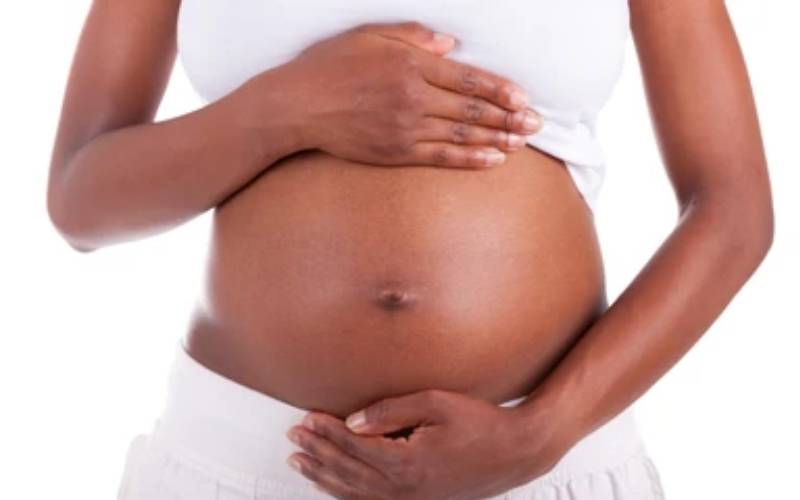
Single women also aborted boys as they were likely to demand property. [Courtesy]
The research findings indicated there was a shift in gender preference of children in Kiambu County in favour of girls and the reason for high prevalence of single mothers bringing girls there.
The researcher also found that single women also aborted boys as they were likely to demand property as inheritance when they grew up-which gets ugly if the man they’re making demands to is not their biological father.
“Unlike girls, boys were not empathetic to their parents and sometimes demanded a portion of inheritance,” said a respondent.
Mainah also found that most women who had boys out of wedlock preferred keeping them in the custody of their parents which again posed problems as they were also lined up for inheritance in the face of shrinking land acreage in Kiambu County and the larger Central Kenya.
Another observed a boy child could only be salvaged through getting proper education and a good job, which most rarely did as education is not as valued. Most boys then turned chaotic as adults.
While the mobile money operator in Kakamega was fine with her boy being taken care of in a children’s home, to avoid such eventualities, the research in Kiambu showed that most single women preferred to dump theirs on the streets so that they could move on with their lives if a new husband came calling.
The disgust was evident from 14 homeless boys aged between eight and 14, who had been sent away from home by their mothers and were found roaming in Kwamaiko shopping centre in Githunguri.
Mainah notes that boys in Kiambu County “most likely lost social value and favour in the family…and the society viewed boys as a burden such that the preference had shifted in favour of the girl child.”
Allan Odhiambo, a social worker based in Homa Bay, says he takes many mothers through counseling before an abortion as the process often has lasting psychological effects on the mother.
He says since abortion is illegal many go to clinics run by quacks and carry out unsafe abortions ending up at government facilities for post-abortion care (PAC) in a sorry state.
Unlike in Kiambu where abortion is mostly carried out by single mothers, in Nyanza it is perpetrated by mothers in troubled marriages or those who foresee troubled unions.
“Most of the mothers hardly abort the first pregnancy whether boy or girl,” explains Odhiambo. “But if one gender persists they go for an abortion. It’s worse if she starts giving birth to girls only because society values a woman who gives birth to boys. Women say it’s a marriage-saving strategy.”
Nancy Awuor, a Gender and Social Services officer in Siaya County, notes that saving a marriage could matter in a country whose Demographic and Health Survey (DHS) of 2014 shows six per cent of married men are in a polygynous union as 11 per cent of married women have co-wives.
The social worker fears mothers are often pushed to unsafe abortion after listening and reading their husband’s mood on child preference.
The married women would, for example, abort a boy if they hear their husbands complaining of having too many boys amidst limited land in the home.
“Girls who want to marry equally love to abort so that they can get married to husbands who prefer women with no children,” adds Awuor.
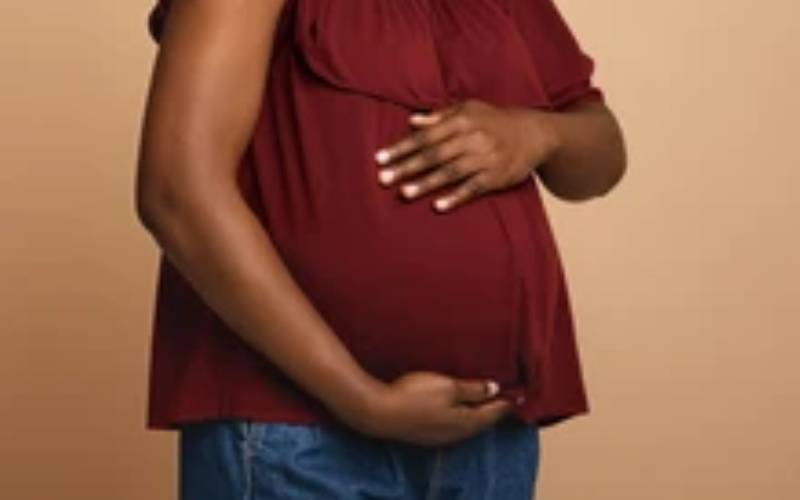
Mothers are often pushed to unsafe abortion after listening and reading their husband’s mood on child preference. [Courtesy]
Maternal deaths are prevalent among mothers aged between 25 and 39, the peak of their reproductive years.
The WHO survey on the global causes of maternal deaths estimates that in every 100,000 births in Kenya, 362 ends up in deaths and, up to 17 per cent of the deaths may be associated with induced abortion.
Though the principal aim in Post Abortion Care is to reduce morbidity and mortality, Odhiambo regrets that a growing number of mothers in the maternity wings are those nursing botched abortions- mostly done at home or backstreet clinics and “three out of ten mothers are victims of botched abortions who need care.”
Mothers fear stigma, brush with the law
Abortion remains illegal in Kenya unless “in the opinion of a trained health professional, there is need for emergency treatment, or the life or health of the mother is in danger or if permitted by any other written law.”
The country’s penal code stipulates a 14-year jail term to anyone who attempts to procure an abortion as women who engage in the act risk three-year’s imprisonment just like anyone who supplies drugs or instruments to procure an abortion.
But a 2020 report by the Ministry of Health and African Population and Health Research Center (APHRC) paints a gloomy picture in of the execution of Post-Abortion Care (PAC) as it informs that “barely three per cent of primary-level facilities could deliver all designated basic PAC services expected of this level – which included treatment of complications, family planning counselling and contraceptive services, ability to refer (availability of vehicle with fuel), and staff trained on PAC.”
The report recommends expanding access to, and utilisation of high quality of PAC services by upgrading the capacity of primary-level facilities to provide all essential basic PAC components through training, availing infrastructure, equipment and supplies needed.
The Ministry of Health in 2019 gave guidelines to PAC whose uptake is still low as mothers who have undertaken an abortion fear the stigma that comes with the exercise and a brush with the law.
Global estimates from 2010–2014 by WHO demonstrate that 45 per cent of all induced abortions are unsafe.
Of all unsafe abortions, one third were performed under the least safe conditions by untrained persons using dangerous and invasive methods.
“In Latin American and Africa, the majority (approximately three out of four) of abortions are unsafe.
In Africa, nearly half of all abortions occur under the least safe circumstances,” WHO noted last year.
WHO provides global technical and policy guidance on the use of contraceptives to prevent unintended pregnancy, but the programme is yet to be as effective as anticipated making children born of such pregnancies and even those born out of willing pregnancies but don’t come in the ‘expected gender’ victims.
 The Standard Group Plc is a multi-media organization with investments in media platforms spanning newspaper print
operations, television, radio broadcasting, digital and online services. The Standard Group is recognized as a
leading multi-media house in Kenya with a key influence in matters of national and international interest.
The Standard Group Plc is a multi-media organization with investments in media platforms spanning newspaper print
operations, television, radio broadcasting, digital and online services. The Standard Group is recognized as a
leading multi-media house in Kenya with a key influence in matters of national and international interest.

